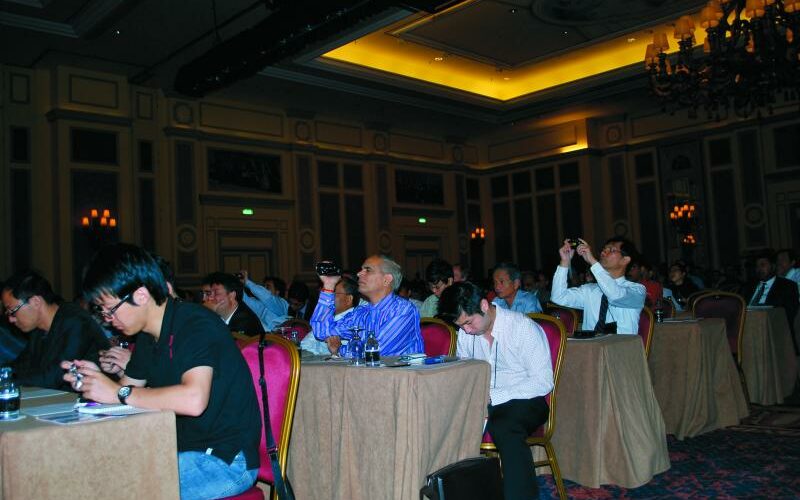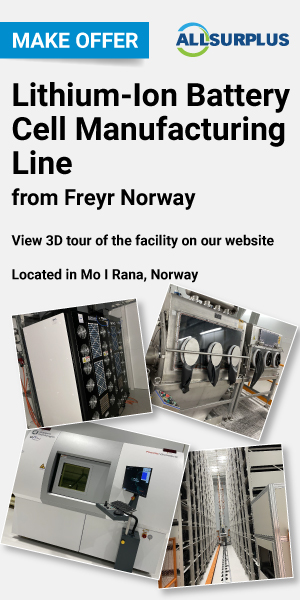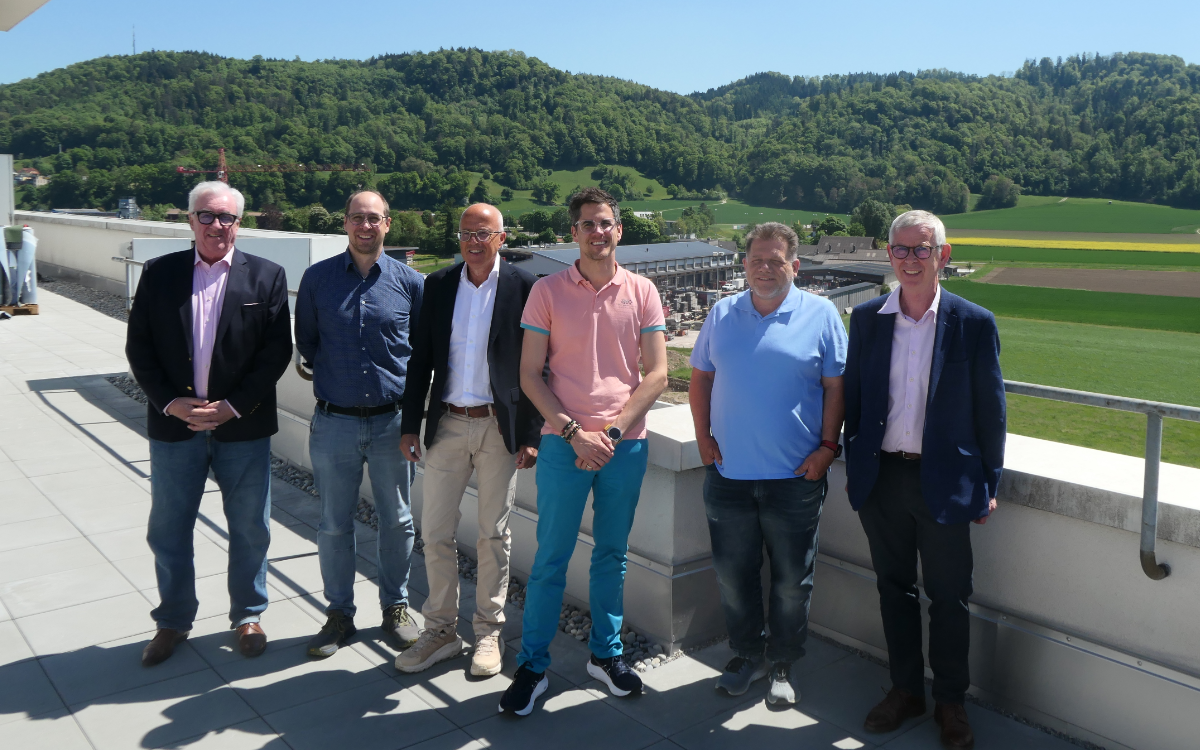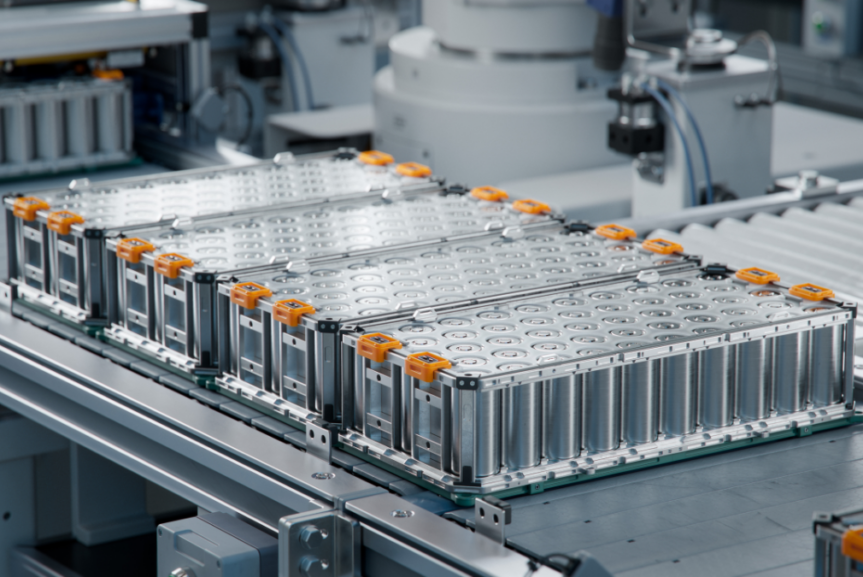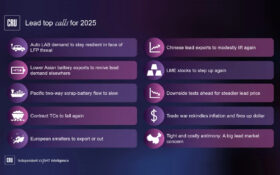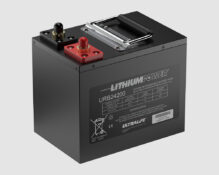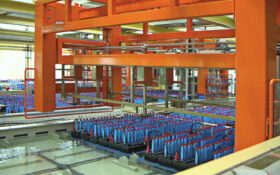The Asian lead-acid battery industry, showing great imagination, chose a Casino to hold its 13th meeting. How lucky is that, asks the Editor?
Imagine the structure of Las Vegas on steroids, amphetamines and crack cocaine. Imagine a building so huge and bloated you could walk round it for hours and not see the light of day. This was the venue of this year's Asian battery conference, bigger brasher and a thousand times more tasteless than you could possibly imagine.
The 10,500,000-square-foot (980,000 m2) Venetian Macao is modelled on its . . .
to continue reading this article...
Sign up to any Premium subscription to continue reading
To read this article, and get access to all the Premium content on bestmag.co.uk, sign up for a Premium subscription.
view subscription optionsAlready Subscribed? Log In

